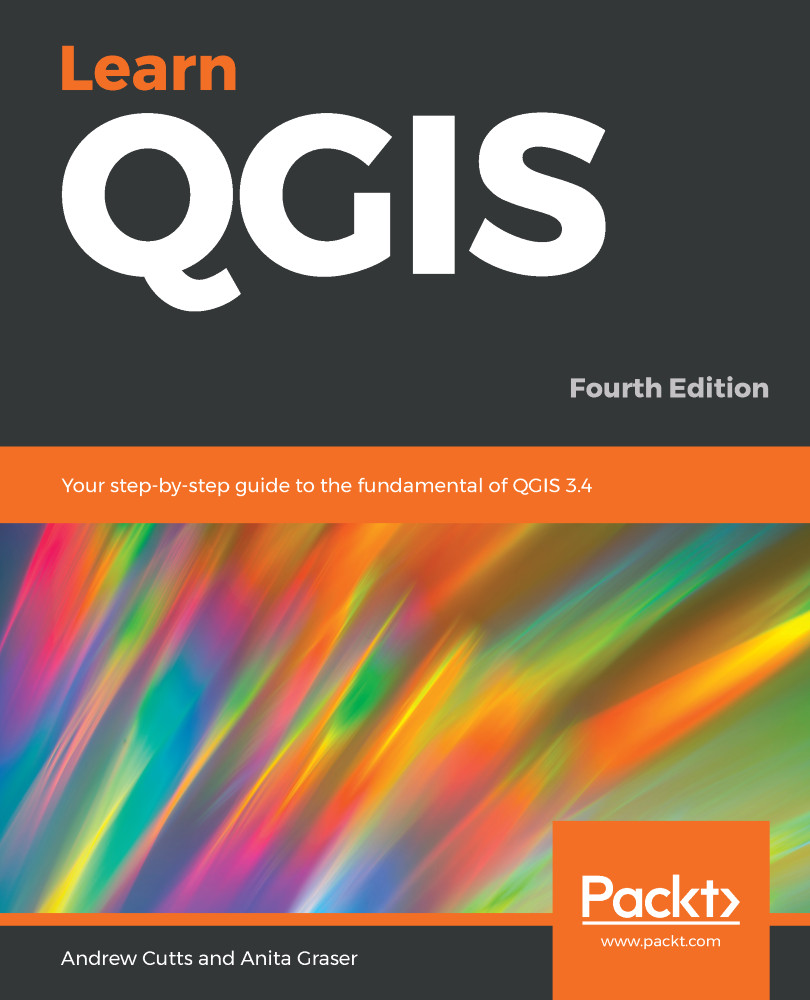In our final chapter, we will be using Python to extend QGIS 3.4 Python is a very accessible programming language even for beginners. It is used extensively in both the open source and proprietary GIS world. QGIS 3.4 uses Python 3, whereas QGIS 2.x uses Python 2.7. Care should be taken when migrating any existing scripts, since the API has been updated. We will start with an introduction to actions and then move on to the QGIS Python Console before we go into more advanced development of custom tools for the Processing Toolbox. This will be followed by a guide on how to create your own basic plugin. The final topic that we will cover in this chapter is viewing data in 3D.
Topics covered in this chapter include the following:
- Adding functionality using actions
- Opening files using actions
- Opening a web browser using actions
- Getting to know the Python...


